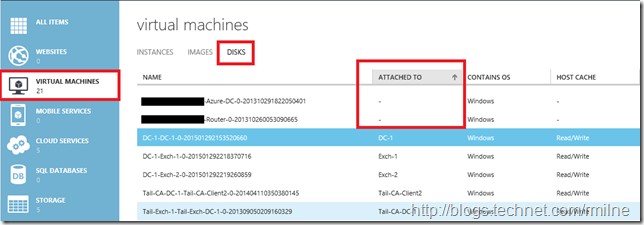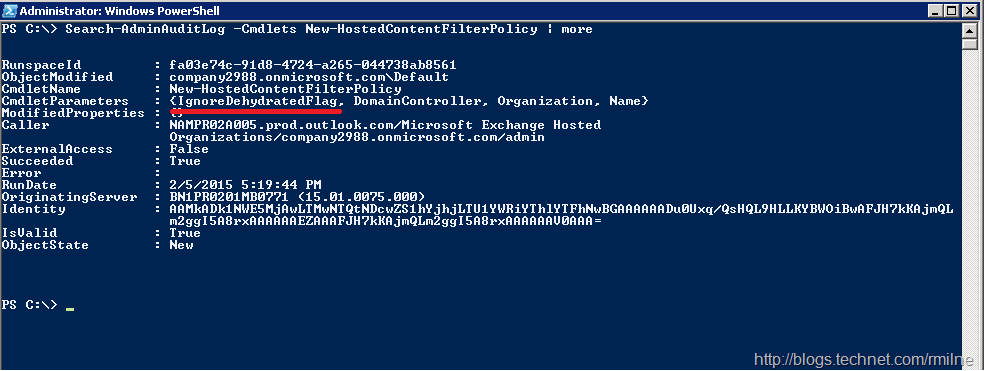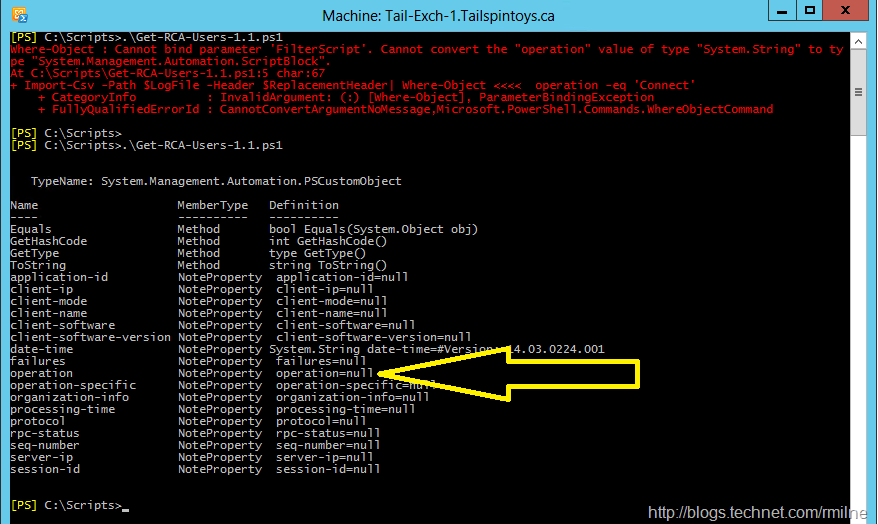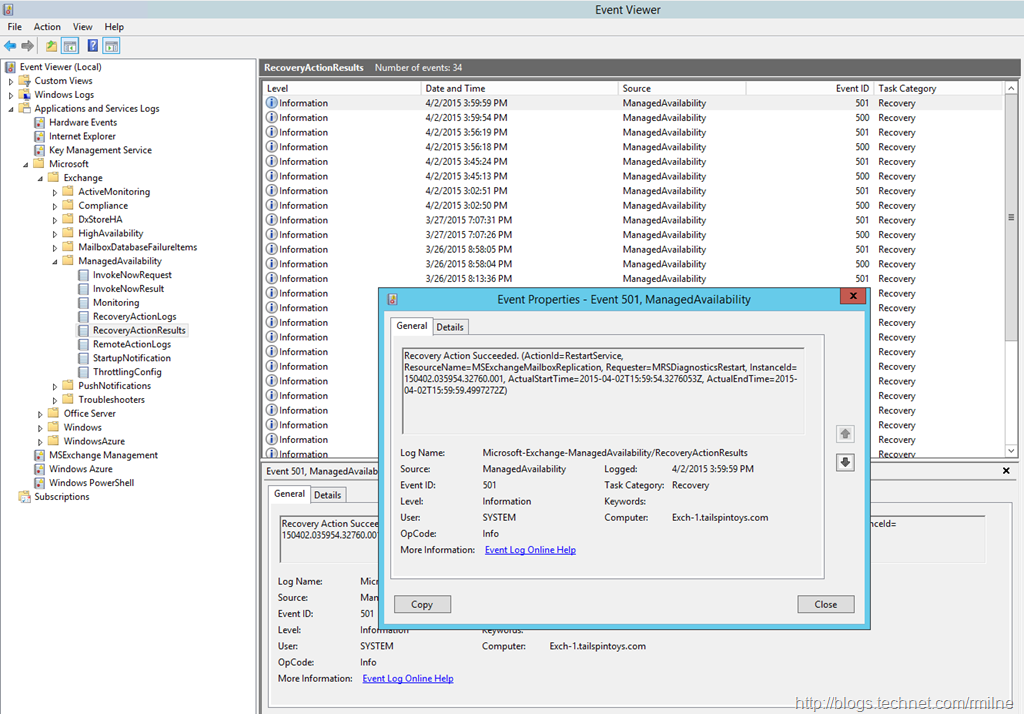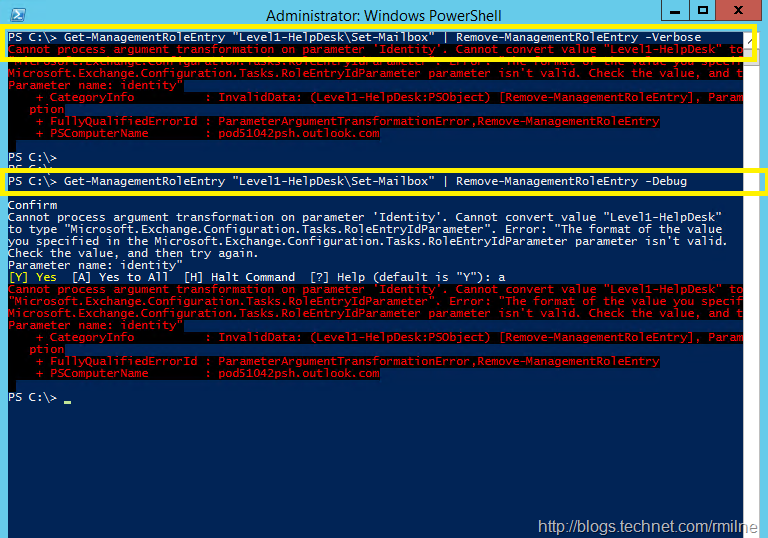Which Azure Disk Is Not Attached
Over time a typical Azure subscription will create, delete and manage multiple virtual machines. When removing an Azure VM there is the option to retain the disk.
In a large environment with lots of disks and VMs, how can we easily see what disks are not currently in use?
Azure Portal
The portal can show the disks that are attached and not attached.
This is good for a few disks, though if … Read the rest “Which Azure Disk Is Not Attached”
